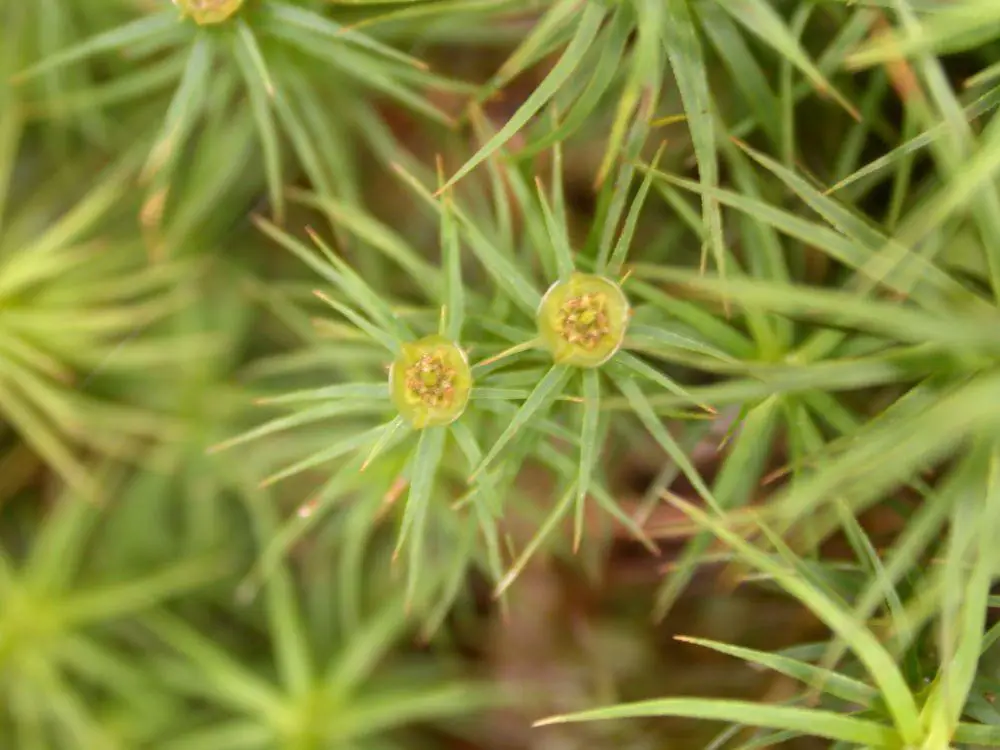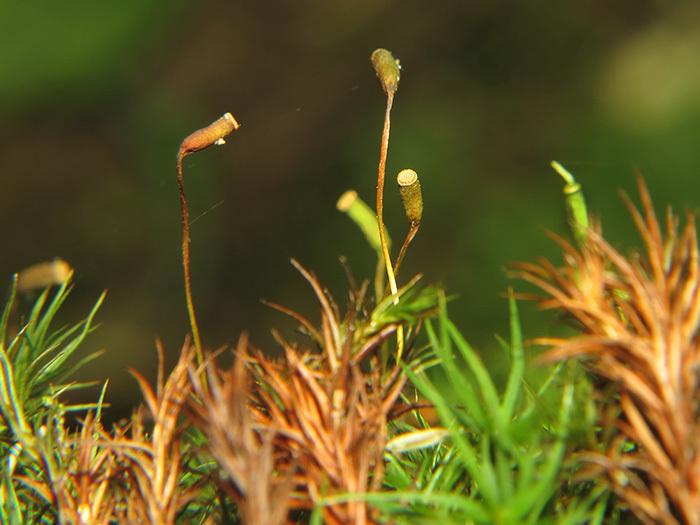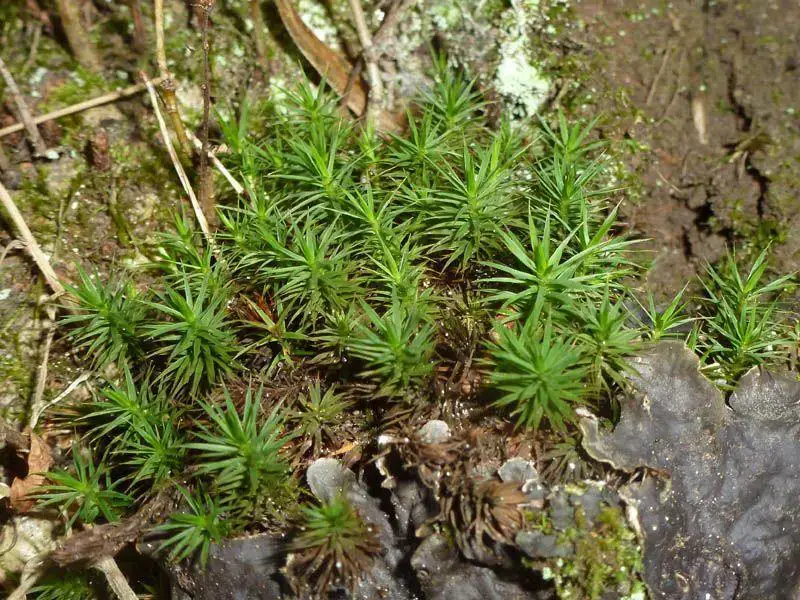
Polytrichastrum_alpinum_DSCN0419.jpg from: https://blogs.ubc.ca/biology321/?page_id=1757
Introduction
In the vast and captivating world of

874641.jpg from: https://www.bio-forum.pl/messages/3280/874636.html
bryophytes, one particular moss species stands out as a true marvel of nature – the Polytrichum alpinum Hedw., commonly known as the alpine haircap moss. This resilient and fascinating plant belongs to the Polytrichaceae family and is a member of the Bryophyta division, which encompasses all mosses. Let’s embark on an engaging journey to unravel the secrets of this remarkable moss.
Background

Polytrichum-formosum-Hedw.-118456.jpg from: https://www.biodiversidadvirtual.org/herbarium/Polytrichum-formosum-Hedw.-img118456.html
Before delving into the intricacies of Polytrichum alpinum, it’s essential to understand the broader context of bryophytes. These non-vascular plants, which include mosses, liverworts, and hornworts, are often overlooked but play a crucial role in various ecosystems. They are among the oldest land plants on Earth, with fossil records dating back over 400 million years. Despite their diminutive size, bryophytes are true survivors, thriving in diverse habitats and contributing significantly to the overall biodiversity of our planet.
Main Content
Morphology and Identification
The Polytrichum alpinum is a striking moss species that can reach heights of up to 20 centimeters (8 inches). Its vibrant green shoots are adorned with rigid, hair-like structures called lamellae, which run along the length of the leaves. These lamellae are a unique feature of the Polytrichaceae family and play a vital role in photosynthesis and water conduction.
One of the most distinctive characteristics of Polytrichum alpinum is its sporophyte, which consists of a slender seta (stalk) topped by a spore capsule. This capsule is covered by a hairy calyptra, giving the moss its common name, “haircap moss.” The spore capsule is also equipped with a peristome, a specialized structure that aids in spore dispersal.
Global Distribution and Habitat
Polytrichum alpinum is a cosmopolitan species, meaning it can be found across various regions of the world. It thrives in alpine and arctic environments, preferring cool, moist habitats such as tundra, bogs, and mountainous regions. This hardy moss is well-adapted to the harsh conditions of these environments, withstanding extreme temperatures, strong winds, and limited nutrient availability.
Despite its preference for cold climates, Polytrichum alpinum can also be found in temperate regions, particularly in areas with high humidity and well-drained soils. It often forms dense mats or cushions, creating a unique microhabitat for other organisms to thrive.
Ecological Roles and Adaptations
Polytrichum alpinum plays a vital role in the ecosystems it inhabits. As a pioneer species, it is one of the first plants to colonize disturbed or newly exposed areas, stabilizing the soil and facilitating the establishment of other plant species. Its dense mats help retain moisture and prevent erosion, making it an essential component of many fragile environments.
This moss species is also remarkably resilient and well-adapted to its harsh environments. Its rigid leaves and lamellae help conserve water and protect the plant from desiccation. Additionally, Polytrichum alpinum can survive freezing temperatures and prolonged periods of drought, thanks to its ability to enter a dormant state and revive when conditions become favorable again.
Case Studies/Examples
One fascinating example of the ecological importance of Polytrichum alpinum can be found in the Arctic tundra. In these harsh environments, the moss forms dense mats that provide insulation and protection for other plant species, as well as nesting sites for various birds and small mammals. Its presence also contributes to the overall biodiversity of the tundra ecosystem, supporting a wide range of invertebrates and microorganisms.
Technical Table
| Characteristic | Description |
|---|---|
| Scientific Name | Polytrichum alpinum Hedw. |
| Family | Polytrichaceae |
| Division | Bryophyta (Mosses) |
| Class | Polytrichopsida |
| Height | Up to 20 cm (8 inches) |
| Habitat | Alpine, arctic, tundra, bogs, mountainous regions |
| Distribution | Cosmopolitan (found worldwide) |
| Distinctive Features | Rigid leaves with lamellae, hairy calyptra, peristome |
| Ecological Roles | Pioneer species, soil stabilization, moisture retention, biodiversity support |
| Adaptations | Water conservation, desiccation tolerance, dormancy |
Conclusion
The Polytrichum alpinum Hedw., or alpine haircap moss, is a true marvel of nature, showcasing the incredible resilience and adaptability of bryophytes. From its distinctive morphology and global distribution to its vital ecological roles and remarkable adaptations, this moss species serves as a testament to the wonders of the natural world. As we continue to explore and appreciate the diversity of life on our planet, the Polytrichum alpinum reminds us of the importance of preserving even the smallest and most unassuming organisms, for they play a crucial role in maintaining the delicate balance of our ecosystems.
Thought-provoking question: In a world where rapid environmental changes are occurring, how can we ensure the survival and protection of species like the Polytrichum alpinum, which play such vital roles in their respective ecosystems?